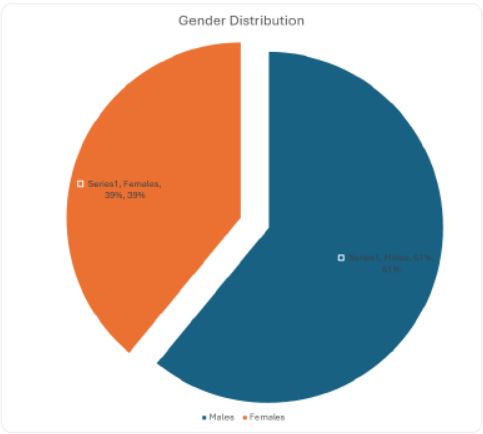Paediatric Intracranial Arachnoid Cysts: Single Institutional Review and Outcome
DOI:
https://doi.org/10.5530/bems.10.1.2Keywords:
Arachnoid cyst, Intracranial cyst, Congenital intracranial cyst, Benign cyst, Brain imagingAbstract
Background: Intracranial arachnoid cysts in the paediatric neurosurgical patient are a common diagnostic quagmire. Though commonly an incidental finding, they are a continuous source of anxiety for both patient’s families and the managing clinician. The symptoms often attributed to their presence are also often varied and do range from nonspecific headache or behavioural changes to life threatening hydrocephalus or intracystic haemorrhage. Materials and Methods: We present a 6-year retrospective review and analysis of cases of intracranial arachnoid cysts diagnosed at a single centre tertiary care paediatric neurosciences unit. An analysis of medical records and review of images was performed. Results: A total of 167 cases were identified over a period of 6 years, with 69% being males and 31% females. Age at diagnosis varied from 1 day of life to 17 yrs. Follow up duration has been up to 11 years. Presentation varied from incidental finding, headaches (7.8%), seizures (2.4%), vomiting (2.4%), behavioural anomalies to decreased level of consciousness (1.2%). On radiological imaging, majority were located in the skull base: middle cranial fossa (55.1%) and posterior cranial fossa (38.9%). Medical and expectant management of these patients was the primary mode of care, with surgical intervention only needed in cases characterized by either hydrocephalus, significant mass effect with features of raised ICP or in cases of intracystic haemorrhage. Conclusion: Arachnoid cysts generally have a benign course and can be managed expectantly. In our series, none of the children managed conservatively later on required any neurosurgical intervention. Surgery however has a role in cases presenting acutely with hydrocephalus, significant mass effect or due to bleeding into the arachnoid cyst. Further research and analysis is necessary to elucidate the relationship between arachnoid cysts and complex behavioural / neuropsychiatric conditions in children.

Downloads
Published
How to Cite
Issue
Section
License

This work is licensed under a Creative Commons Attribution-NonCommercial-NoDerivatives 4.0 International License.









